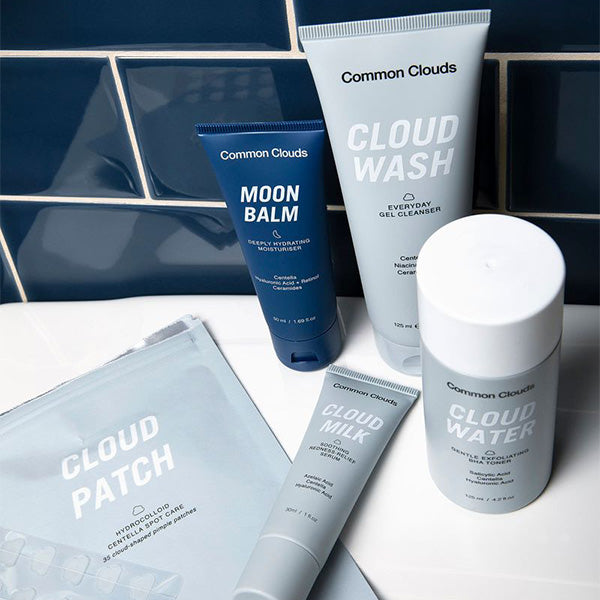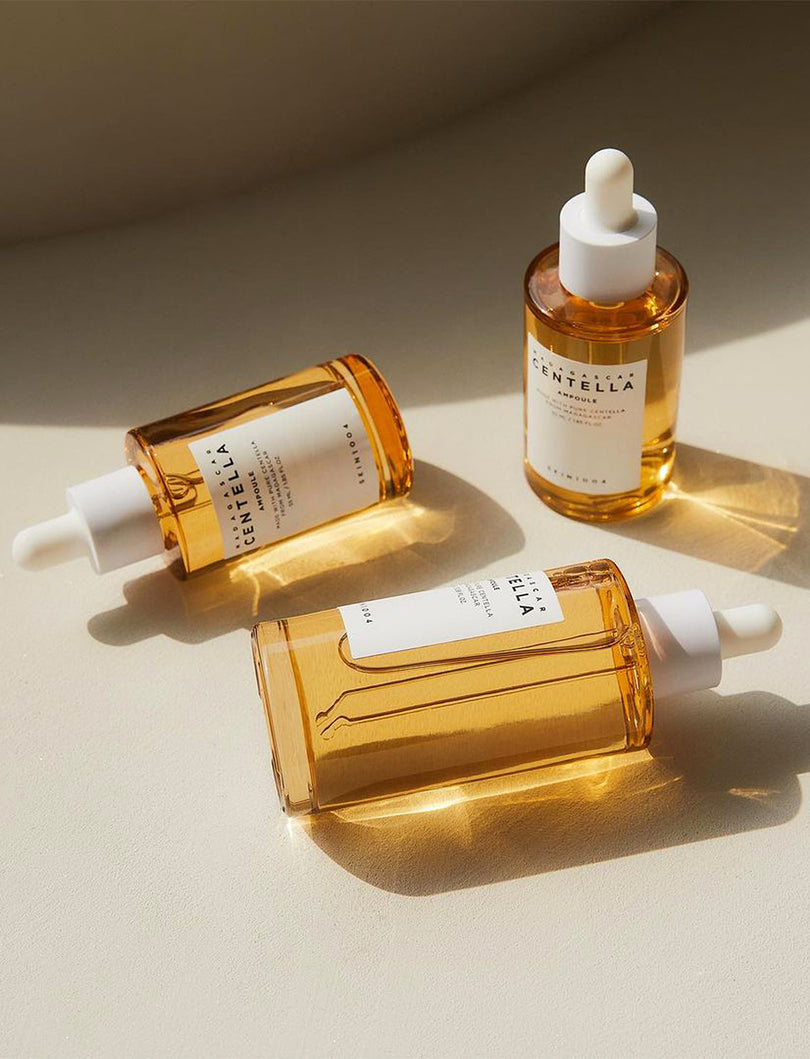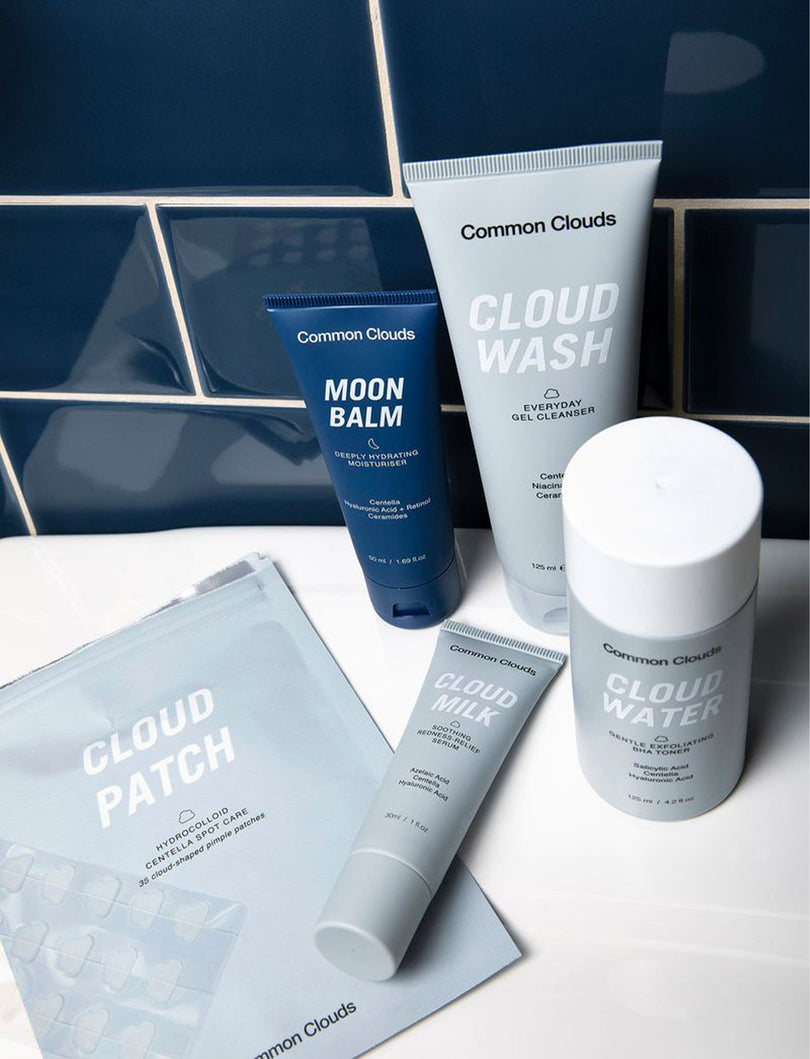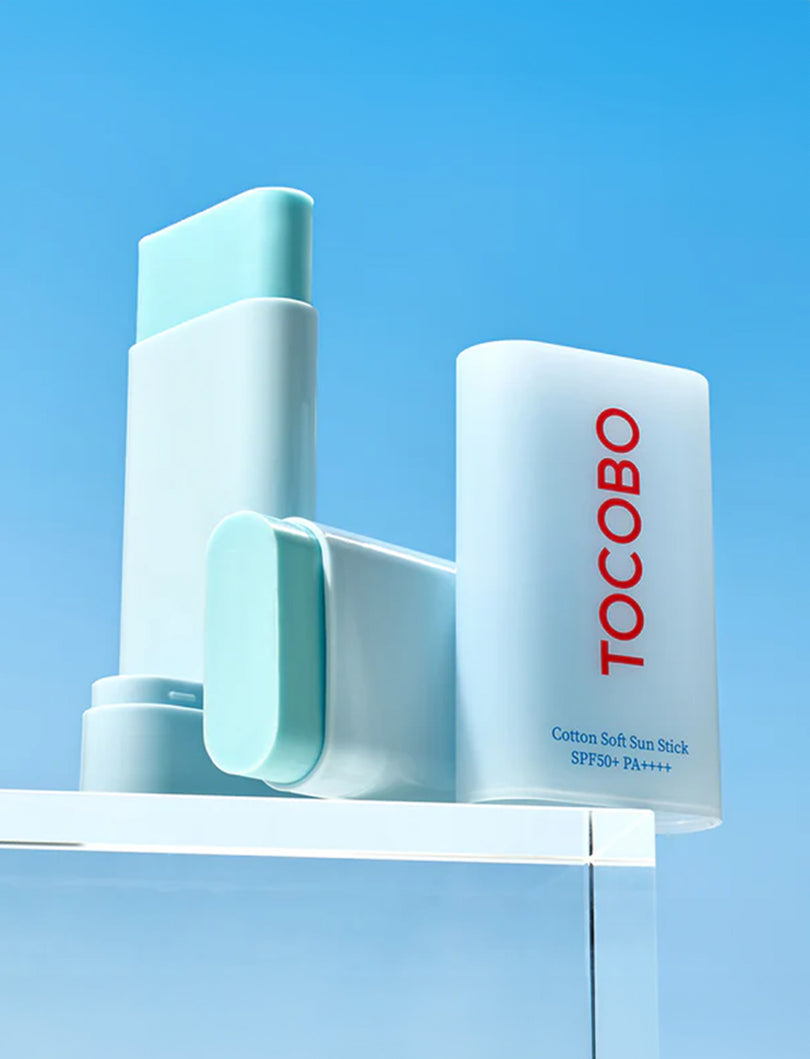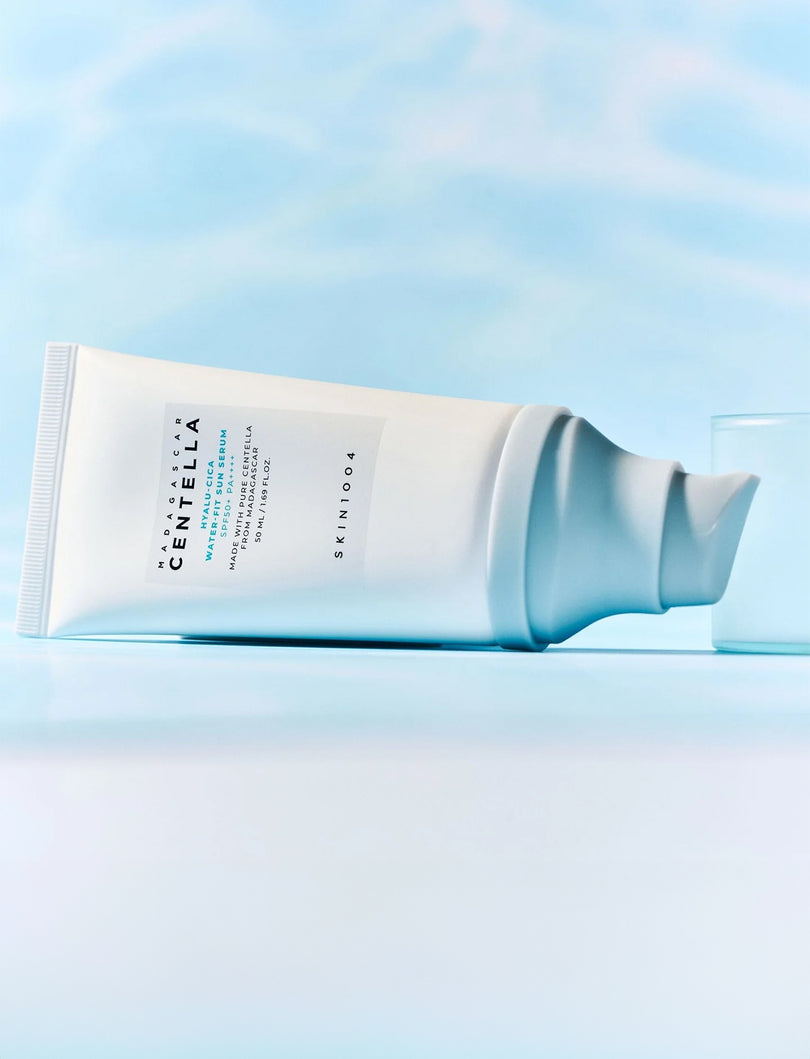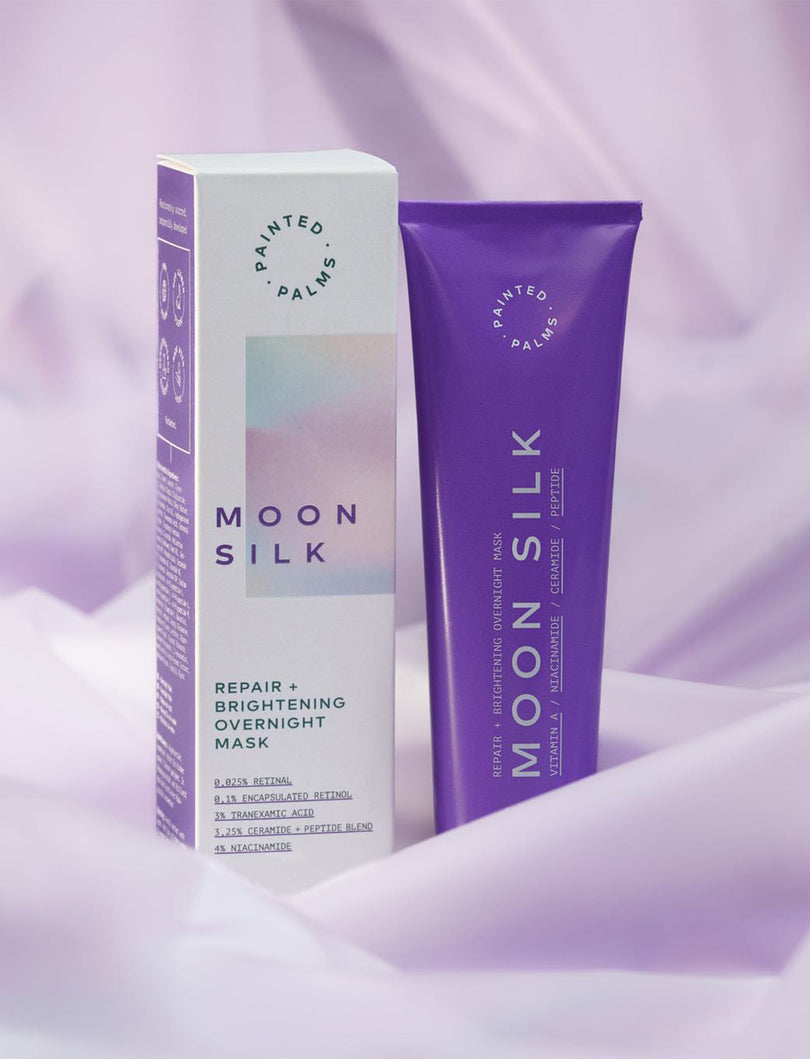Azelaic acid is an underrated ingredient that definitely deserves more attention. Because impressively, azelaic acid has a wide range of applications and is comparatively low-irritant. It can effectively relieve symptoms of acne and rosacea and may serve as another treatment option for melasma.
We explain what azelaic acid is, what makes it so amazing and how you can use it. So it's worth reading on!
If ever there was an ingredient that could do it all, it's azelaic acid.
What is azelaic acid?
Azelaic acid is a dicarboxylic acid that aids in skin exfoliation and is naturally synthesized by yeast.
Azelaic acid can also be obtained from grains such as barley, wheat and rye. It is still considered gluten-free because the amount of gluten absorbed through the skin is usually too low to trigger a gluten sensitivity or reaction.
Azelaic acid is not only comedolytic (meaning it prevents blackheads) and exfoliates deep within the pores, but is also keratolytic (reduces keratin), anti-inflammatory and has antioxidant properties.
What does azelaic acid do for the skin?
Azelaic acid is a multifunctional ingredient in skin care products that can treat a variety of issues related to acne and inflammation.
Gentle peeling
Azelaic Acid penetrates deep into pores and removes dead skin cells that cause dull skin tone and clogged pores.
Lightens pigment spots
Azelaic acid inhibits tyrosinase, an enzyme that leads to hyperpigmentation. It is also effective for post-inflammatory hyperpigmentation after acne breakouts (pimple marks) and may also work for melasma. What's also convenient is that azelaic acid only targets hyperactive melanocytes and therefore will not lighten skin with normally functioning melanocytes.
Relieves rosacea
Azelaic acid can help with the inflammation and secondary infections caused by rosacea. The low-irritant ingredient is usually well tolerated even by sensitive skin with rosacea.
Treats acne
The bacterium P. acnes colonizes the skin's sebaceous follicles and resides in the more anaerobic (lacking oxygen), lipid-rich (fatty) microcomedones. P. acnes can contribute to the formation of comedones (blackheads) as well as inflammatory lesions (pimples). In short, the bacterium is implicated in the disease acne vulgaris (acne). Azelaic acid has antibacterial properties and has a bactericidal effect on this very bacterium and can therefore treat acne very effectively.
Azelaic acid also prevents clogged pores through its keratin-reducing properties. It does this by minimizing the number of dead skin cells, also called keratin, that can clog pores. This powerful property can in turn reduce the number of closed comedones and blackheads. Azelaic acid, while not as effective as salicylic acid on blackheads, is less irritating to the skin with prolonged use.
Can azelaic acid be used during pregnancy?
Azelaic acid is safe for pregnant women. It is one of the few treatment options for acne, rosacea, clogged pores or pigmentation that can also be used during pregnancy.
Side Effects of Azelaic Acid
Acids, especially those used to treat acne, tend to be drying, but most people, including those with sensitive skin or rosacea, can usually use azelaic acid without much trouble. But, like any acid, it can be a skin irritant, so slight irritation is possible depending on concentration and formulation.
If you experience persistent itching, burning or stinging, stop using the azelaic acid care product and contact a dermatologist.
How to apply azelaic acid
If your dermatologist prescribes a prescription skin care product that contains azelaic acid, be sure to follow the directions for use.
But fear not, there are of course over-the-counter versions of azelaic acid. For over-the-counter skin care products containing azelaic acid, we recommend using once or twice a day, depending on the concentration. It is important to avoid the eye and mouth area.
If you tend to have sensitive skin, we recommend using it every other day. In addition, you can apply a slightly richer face cream or some petrolatum (Vaseline) to the eye and mouth area before use, this forms a protective layer and reduces the risk of irritation in these areas.
Also always remember to use a moisturizer with every application with azelaic acid to keep your skin barrier optimal, this further reduces the risk of skin irritation. Also, apply a sunscreen with at least 30 SPF in the morning to protect your skin from sun damage.
It can take a month to three months for azelaic acid to show its full effect. So as with almost all ingredients, don't expect overnight improvement and give azelaic acid enough time before dismissing it as useless!
Sources
- “ Propionibacterium Acnes ”, James K Leong MD, Peter J McCluskey MD, FRACO, in Roy and Fraunfelder's Current Ocular Therapy (Sixth Edition), 2008
- Zoe Diana Draelos, " Examining 15% Azelaic Acid Foam for the Treatment of Folliculitis: A Pilot Study ", J Clin Aesthet Dermatol. 2020;13(4):36-38
- Anna L. Chien, Ji Qi, Barbara Rainer, et. al. “ Treatment of Acne in Pregnancy ”
Cover photo by Polina Kovaleva
